This article was medically reviewed by Sarah Gehrke, RN, MS. Sarah Gehrke is a Registered Nurse and Licensed Massage Therapist in Texas. Sarah has over 10 years of experience teaching and practicing phlebotomy and intravenous (IV) therapy using physical, psychological, and emotional support. She received her Massage Therapist License from the Amarillo Massage Therapy Institute in 2008 and a M.S. in Nursing from the University of Phoenix in 2013.
There are 8 references cited in this article, which can be found at the bottom of the page.
This article has been viewed 22,868 times.
If you have to administer an insulin shot, make sure you wash your hands and clean the outside of the insulin bottles with alcohol wipes beforehand. For a single type of insulin injection, pull the same volume of air into the syringe as the volume of the insulin dose, then release the air into the insulin bottle. Pull up the required dose of insulin and you’re ready for the injection. If you’re mixing two types of insulins, pull up air and release it into each respective insulin bottle without drawing up any insulin. Then draw up the clear insulin, followed by the cloudy insulin.
Steps
Taking the Proper Precautions
-
1Wash your hands thoroughly. Whenever you’re going to be handling medicine and syringes, you need to make sure you wash your hands very well beforehand. Use warm water and soap and scrub the entire surface area of each hand.[1]
- Use a clean paper towel to dry your hands. Hand towels can harbor germs and bacteria that will just get your hands dirty again.
-
2Wipe the top of the insulin bottle with an alcohol wipe and let it dry completely before using. Use an alcohol wipe to clean the top of each insulin bottle before you use it. Let the alcohol air dry before you move on to the next step.[2]
- Do not ever wipe the alcohol off or attempt to dry it another way, as this could easily contaminate your insulin bottle.
Advertisement -
3Roll NPH insulin between your hands before use. If you are using NPH insulin, it’s important that you roll the vial between the palms of both of your hands at least 20 times before you start to use it. This helps mix the insulin so that it can be more effective after it is injected in the body.[3]
- Never shake the vial of NPH insulin, as this can create air bubbles inside the vial that could later make their way into the syringe.
Drawing Up One Kind of Insulin
-
1Pull air into the syringe so that it equals the amount of insulin you will use. Pull the syringe plunger out so that air enters the inside of the syringe. You should pull in a volume of air that is equal to the volume of insulin you’ll use.[4]
- For example, if you will be administering 10 units of insulin, pull up 10 units of air into the syringe.
-
2Insert the syringe in the insulin bottle and expel the air. Place the insulin bottle on a flat surface and turn the syringe so that the needle is pointing down. Insert the syringe needle into the insulin bottle and push the plunger down so that all of the air is released.[5]
- Make sure you keep your finger firmly on the plunger during this process so that it does not release until you are ready to measure the insulin.
-
3Turn the bottle upside down and pull the insulin into the syringe. Keeping the syringe firmly in place, pick up the insulin bottle and turn it upside down. Release the plunger slowly and draw up the required amount of insulin from the bottle.[6]
- Then remove the syringe and place the insulin bottle back on the flat surface.
Drawing Up Two Kinds of Insulin Into the Same Syringe
-
1Pull air into the syringe equal to the first dose of insulin. Release the syringe plunger so that it pulls air inside. You should draw up the same volume of air as the volume of the first kind of insulin dosage.[7]
- For example, if you need 7 units of NPH and 5 units of Novolog/Humalog, you will need to pull in 7 units of air for this first step.
- Remember that you should always draw up clear insulin (Novolog/Humalog) before cloudy insulin (NPH).
-
2Place the syringe into the first insulin bottle and release the air. Insert the syringe needle into the first bottle of insulin and push the plunger so that the air is released into the bottle. Then remove the syringe from the insulin bottle without drawing up any insulin.[8]
- Make sure the bottle of insulin is kept on a flat surface during this whole process.
-
3Repeat the first 2 steps with the second bottle of insulin. Draw up the same volume of air into the syringe that equals the dosage of the second type of insulin. Insert the syringe into the second bottle and expel the air inside by slowly pressing the plunger.[9]
- Do not draw any of the insulin up into the syringe at this time.
-
4Draw up the clear insulin first. Insert the syringe needle into the top of the clear insulin bottle. Turn the bottle upside down and pull up the plunger until you get the required dosage of clear insulin.[10]
- Remove the syringe and replace the insulin bottle on the flat surface.
-
5Draw up the cloudy insulin second. Place the syringe needle in the top of the cloudy insulin bottle and turn the bottle upside down. Carefully pull the plunger back until you have pulled the necessary amount of insulin.
- Remove the syringe needle and return the insulin bottle to the flat surface.
- Be careful not to put pressure on the syringe plunger until you are ready to draw up the second insulin dosage during this step.
References
- ↑ http://www.registerednursern.com/how-to-draw-up-insulin-steps-on-how-to-mix-insulin-clinical-nursing-skills/
- ↑ http://kidshealth.org/en/parents/injection-graphic.html
- ↑ https://www.diabeteshealth.com/the-abcs-of-insulin-care/
- ↑ http://diabetes.yale.edu/newpatients/How%20to%20draw%20up%20Insulin_120744_284_14993_v4.pdf
- ↑ https://www.diabetes.co.uk/insulin/injecting-insulin-with-a-syringe.html
- ↑ http://www.nhslanarkshire.org.uk/Services/Diabetes/Diabetes%20Clinical%20Guidelines/Documents/Guideline%20for%20the%20Administration%20of%20Insulin%20by%20Nursing%20Staff%20final%20May14.pdf
- ↑ http://diabetes.yale.edu/newpatients/How%20to%20draw%20up%20Insulin_120744_284_14993_v4.pdf
- ↑ http://legacy.bd.com/resource.aspx?IDX=3864
- ↑ http://diabetes.yale.edu/newpatients/How%20to%20draw%20up%20Insulin_120744_284_14993_v4.pdf
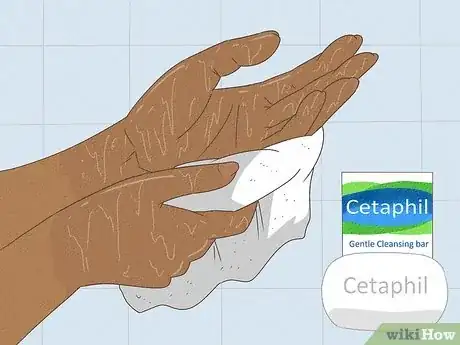
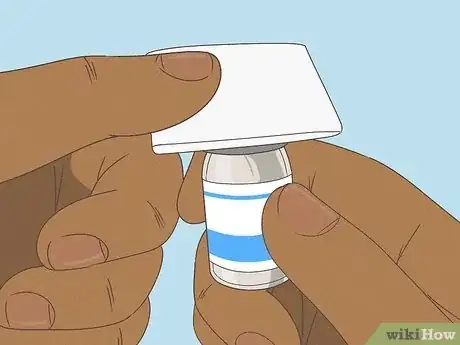
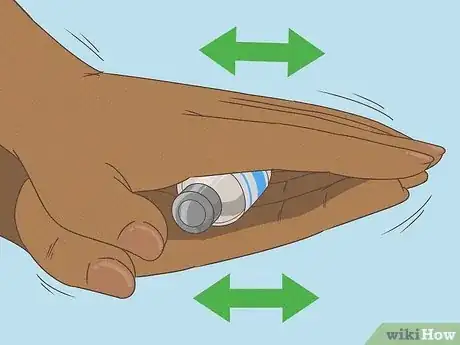
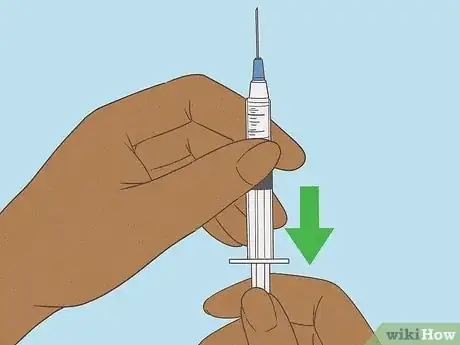
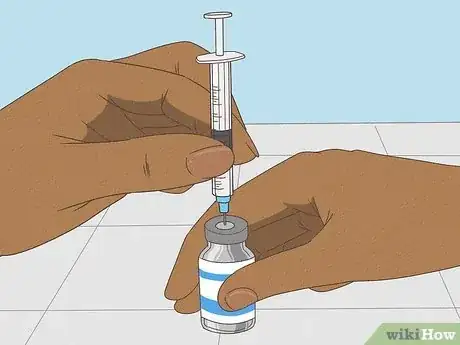
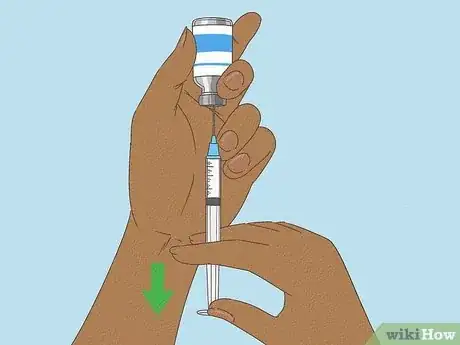
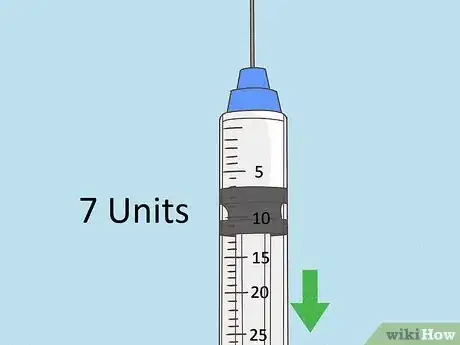
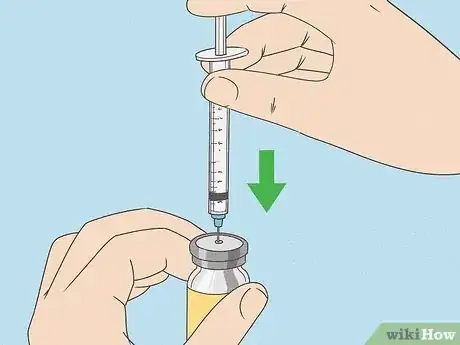
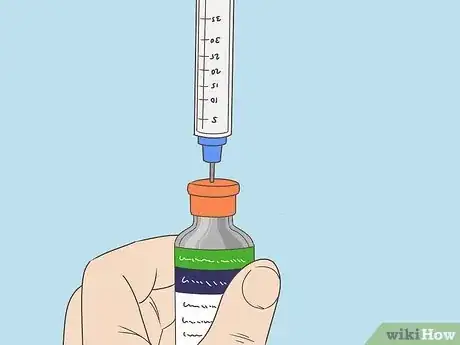
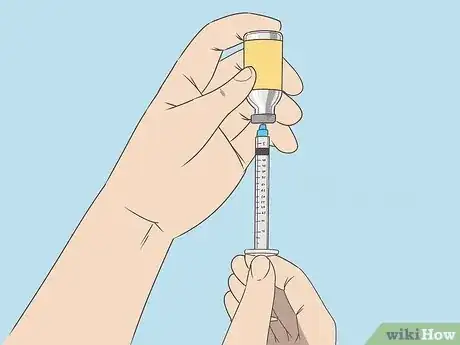
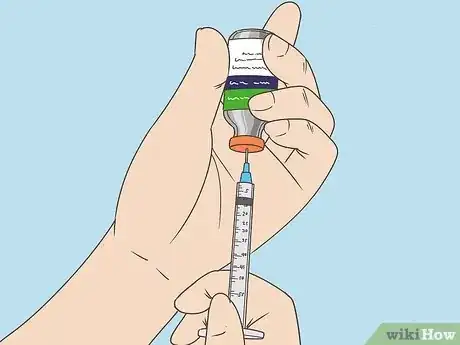
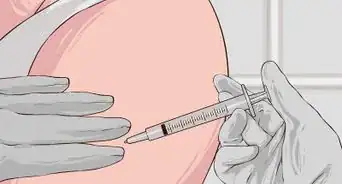

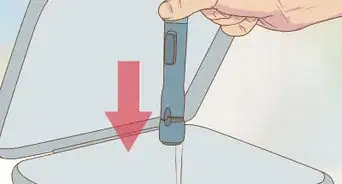


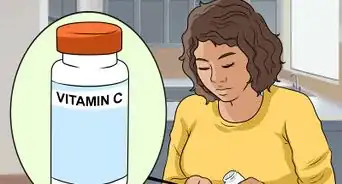



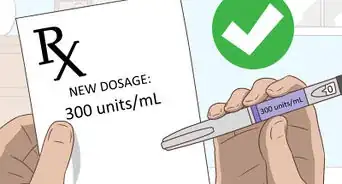
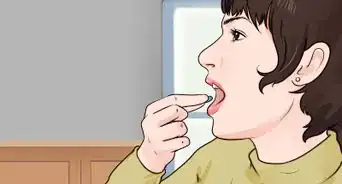



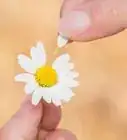




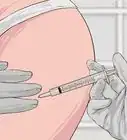

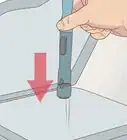

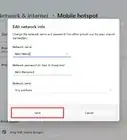

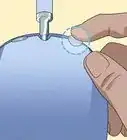


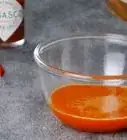




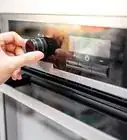

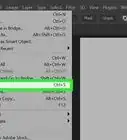

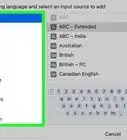



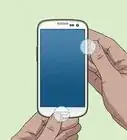

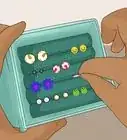
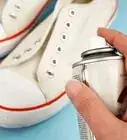
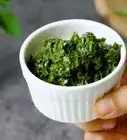


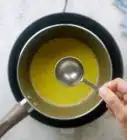




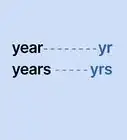


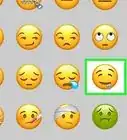

Medical Disclaimer
The content of this article is not intended to be a substitute for professional medical advice, examination, diagnosis, or treatment. You should always contact your doctor or other qualified healthcare professional before starting, changing, or stopping any kind of health treatment.
Read More...